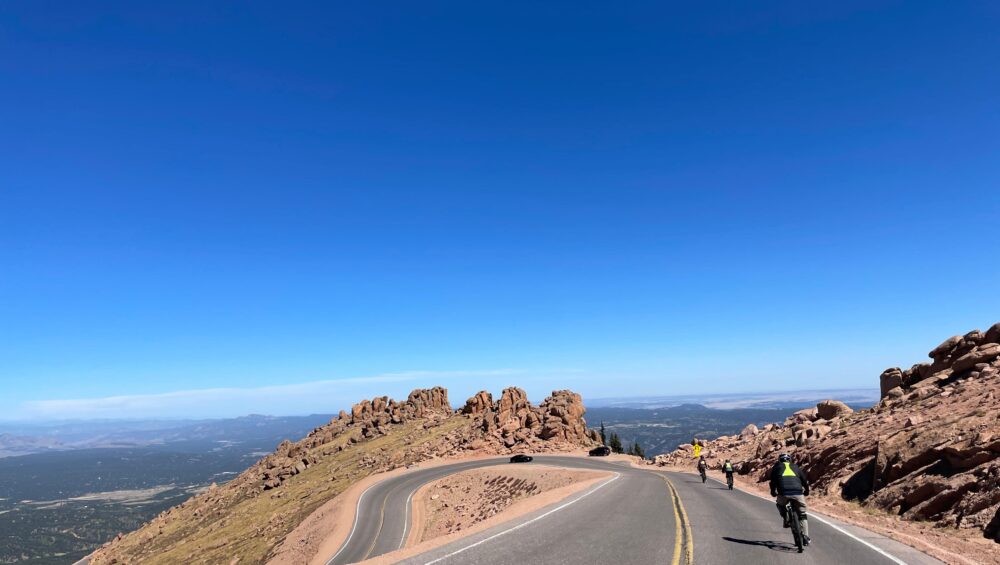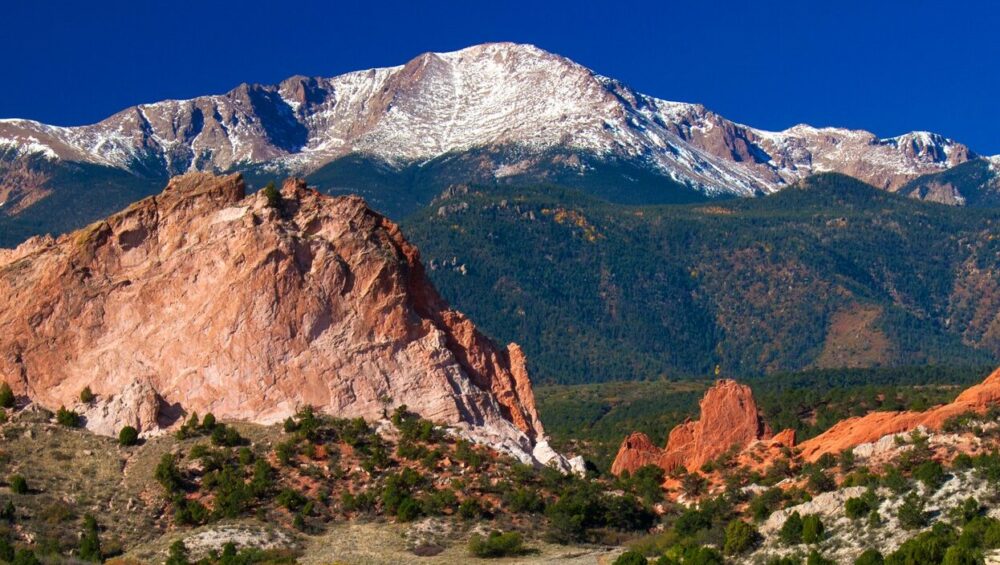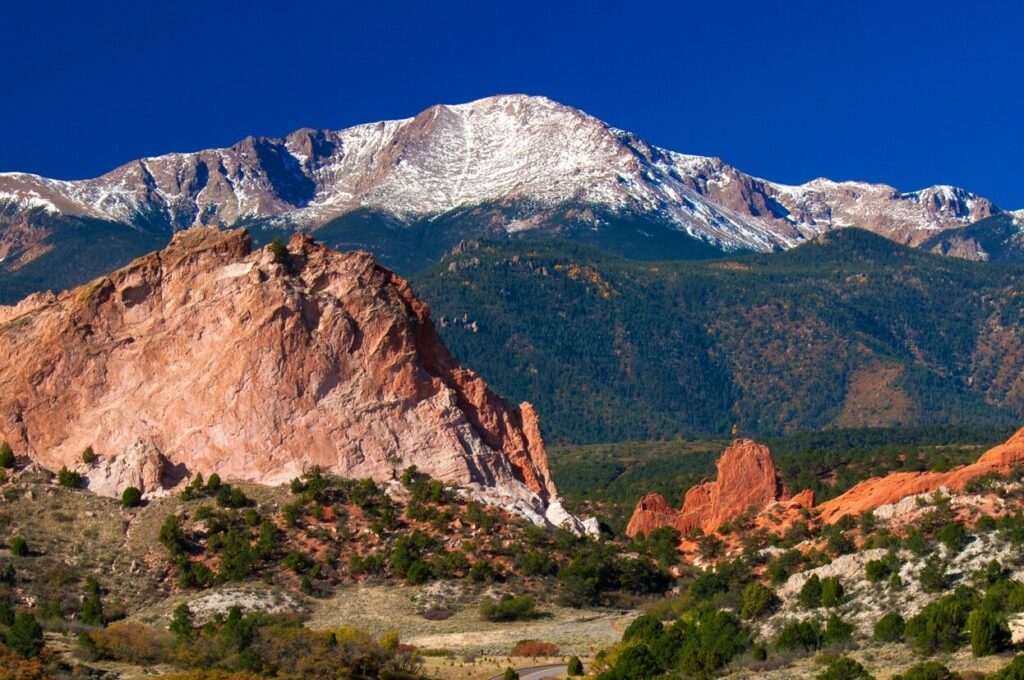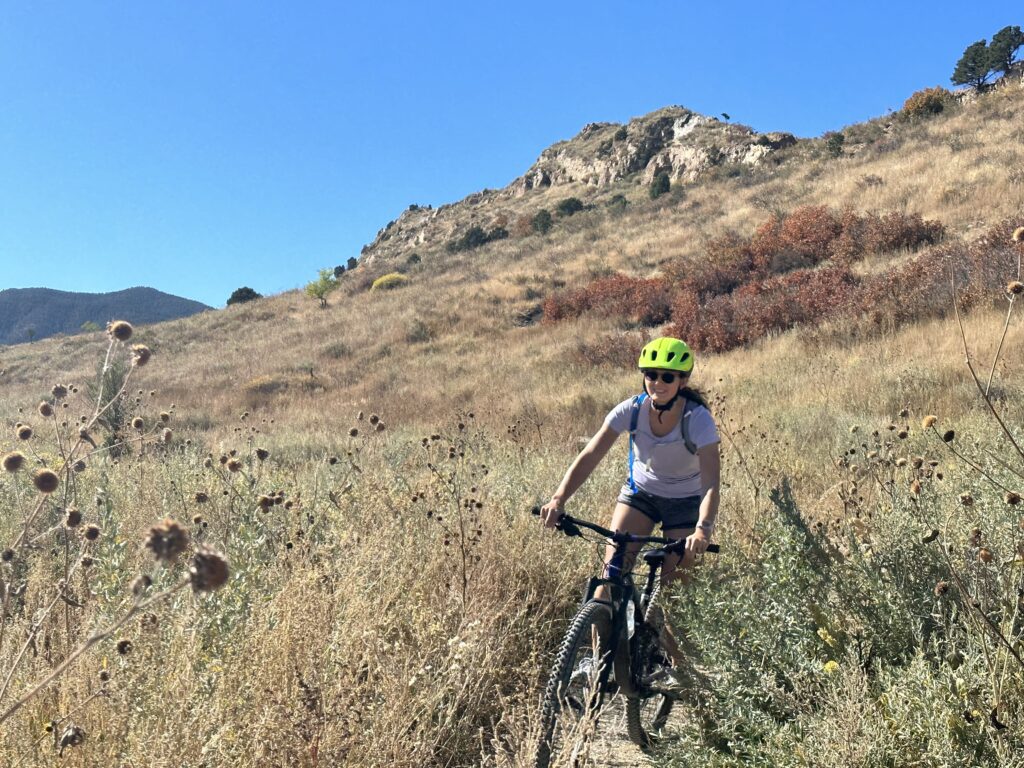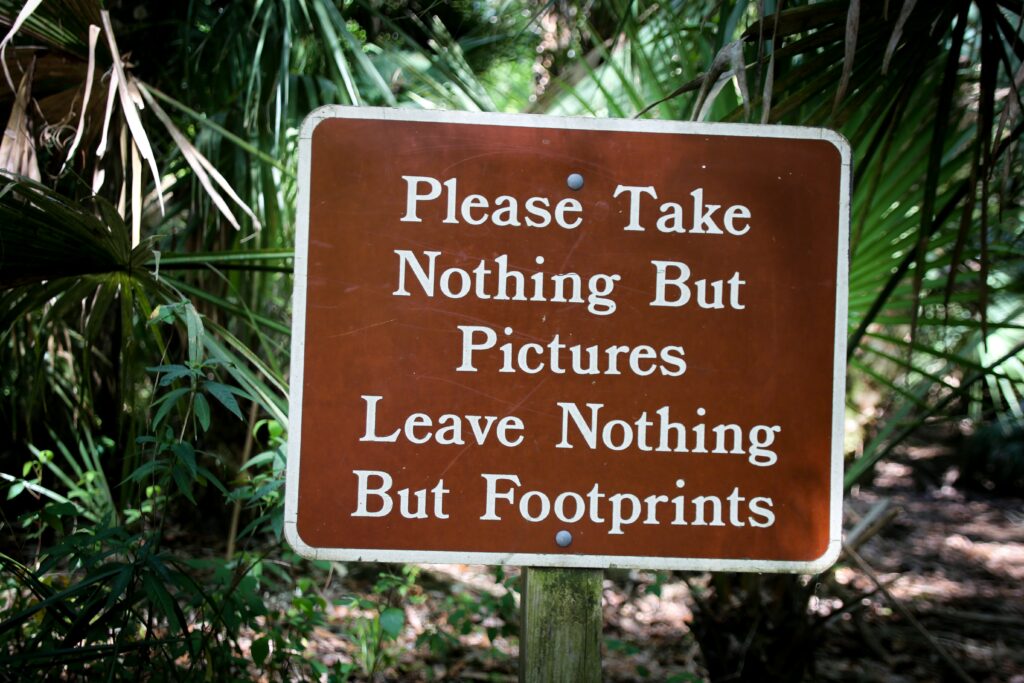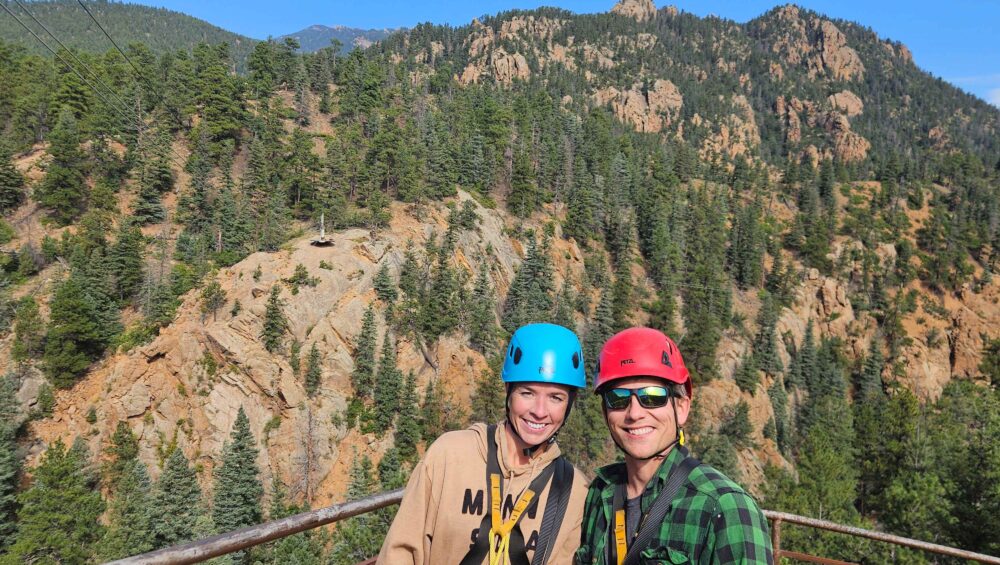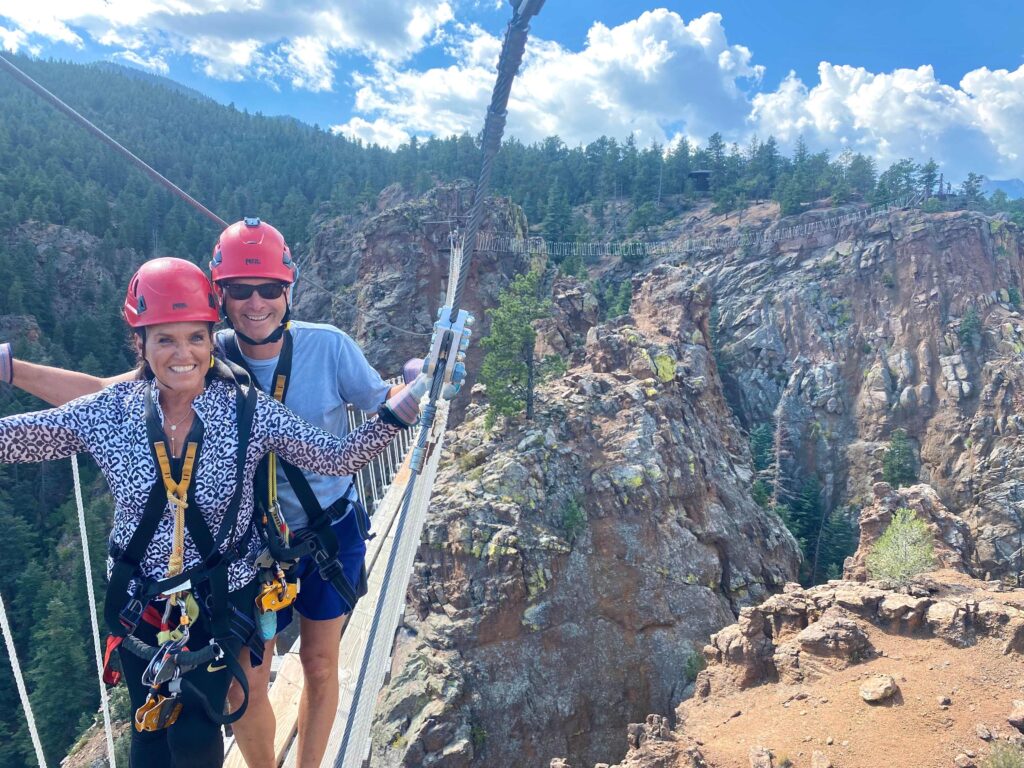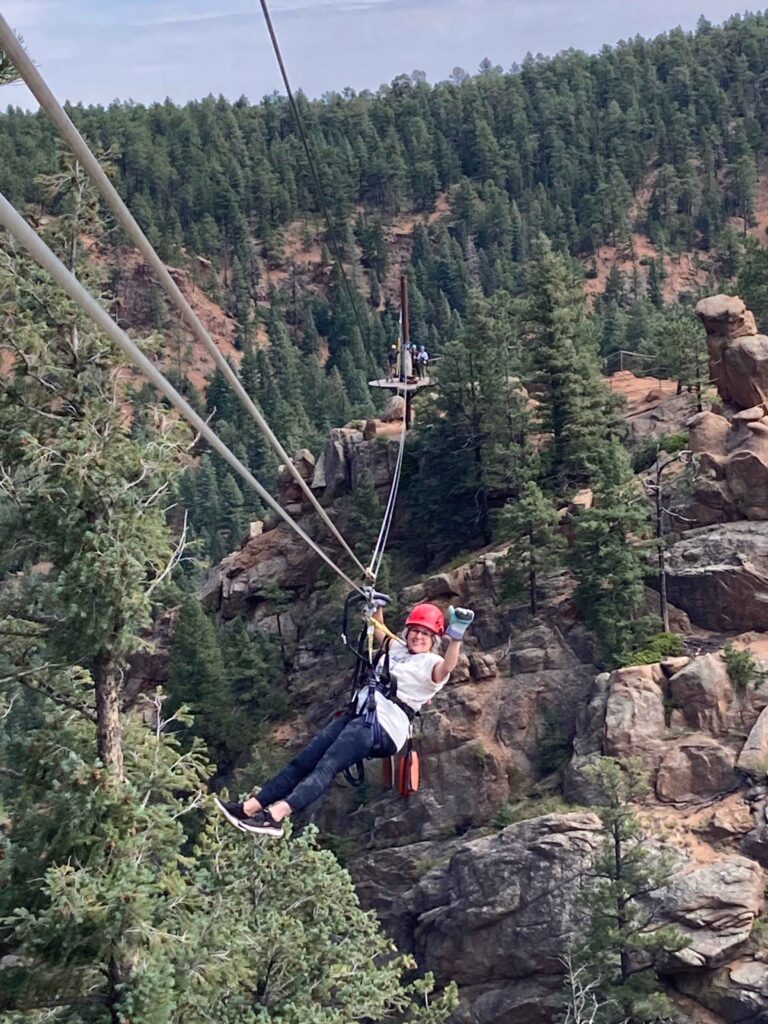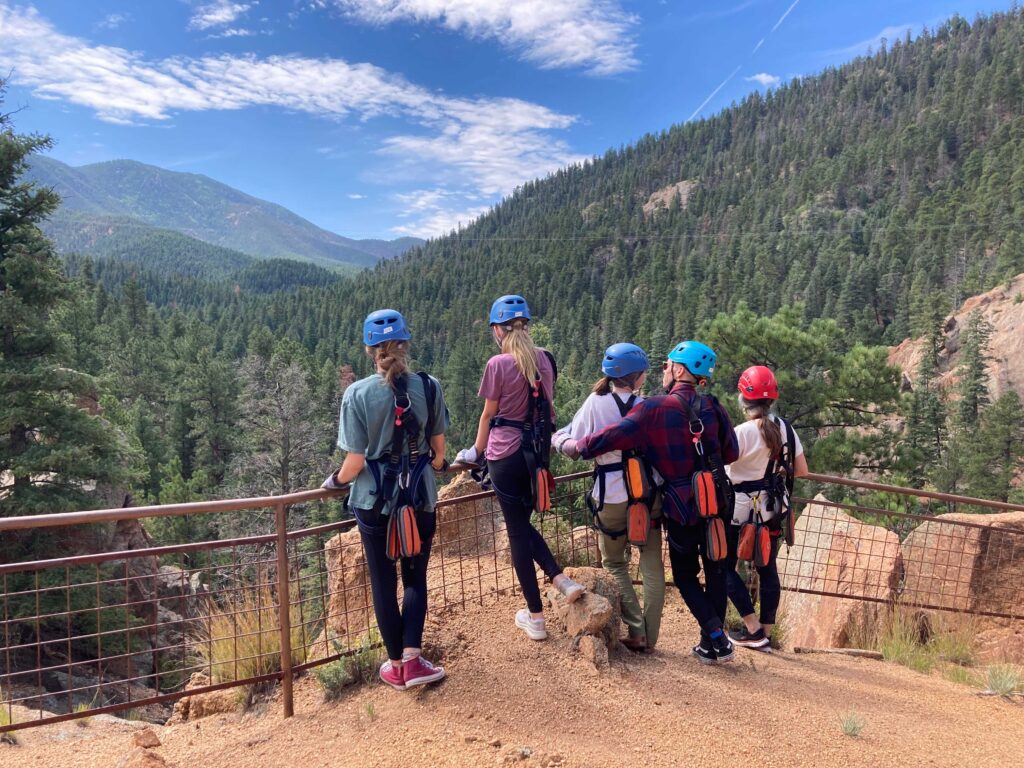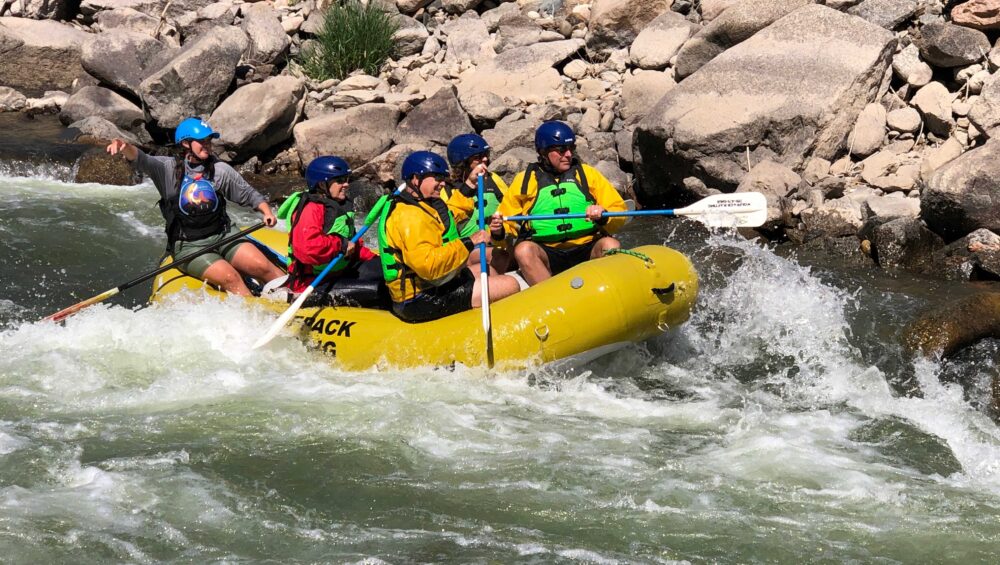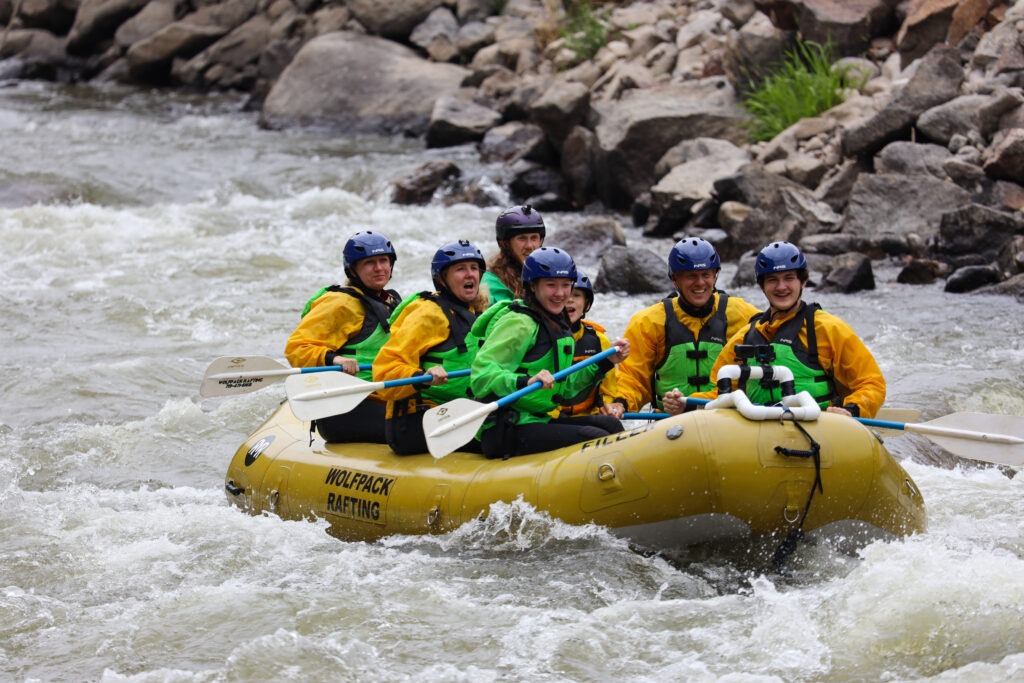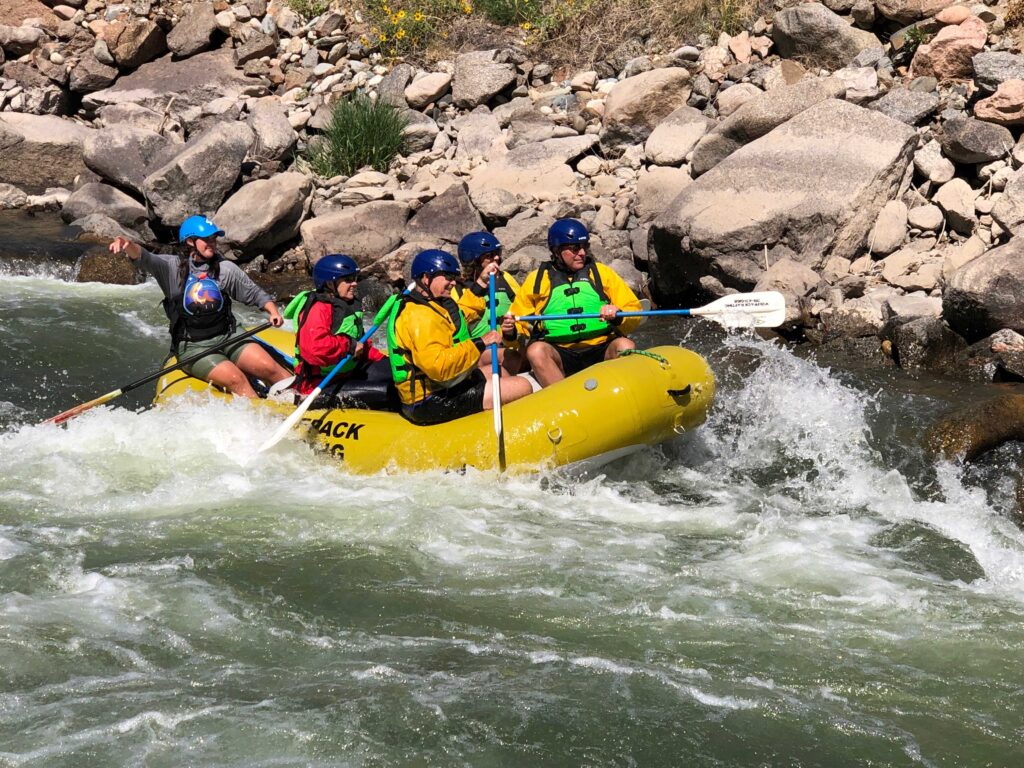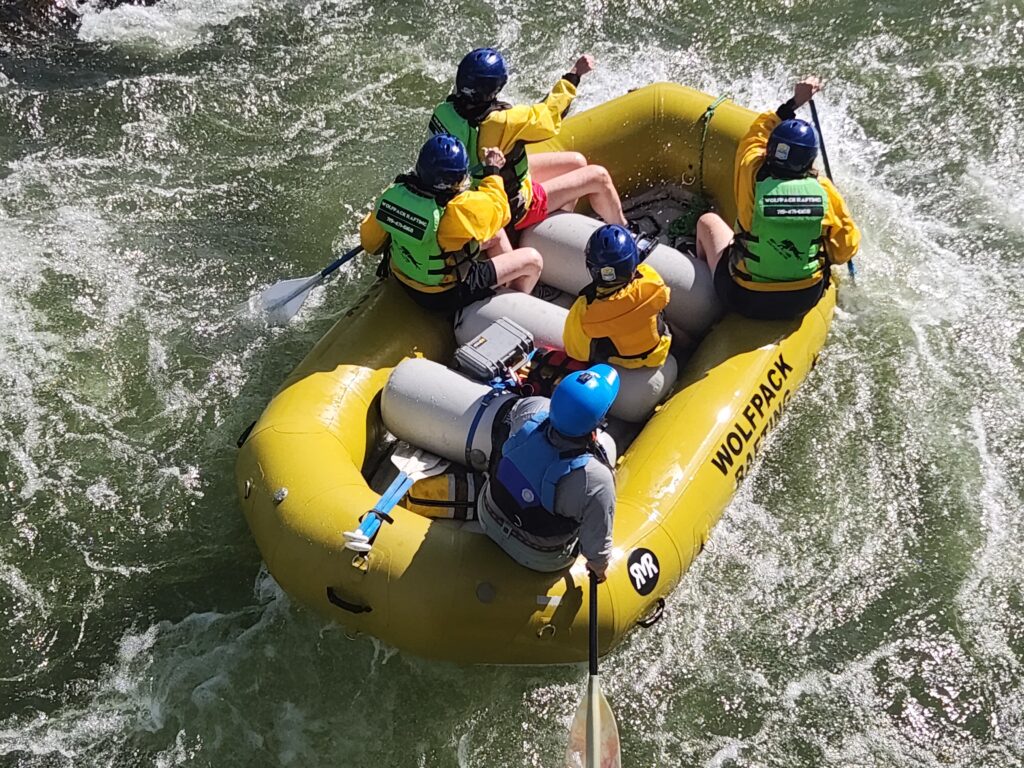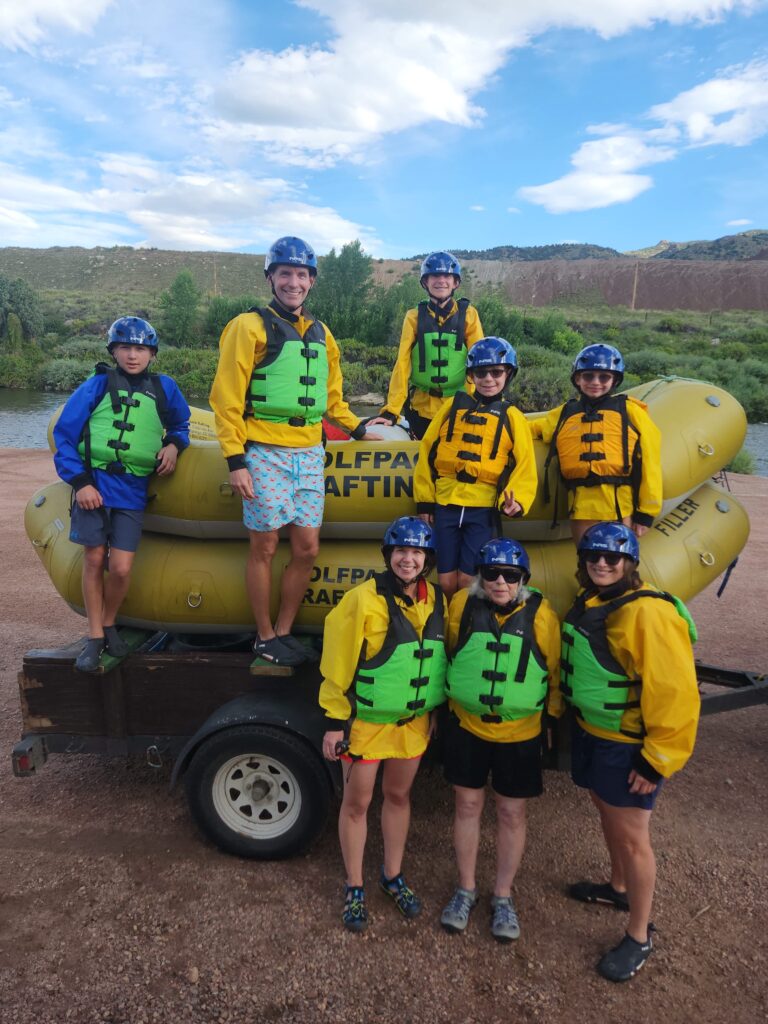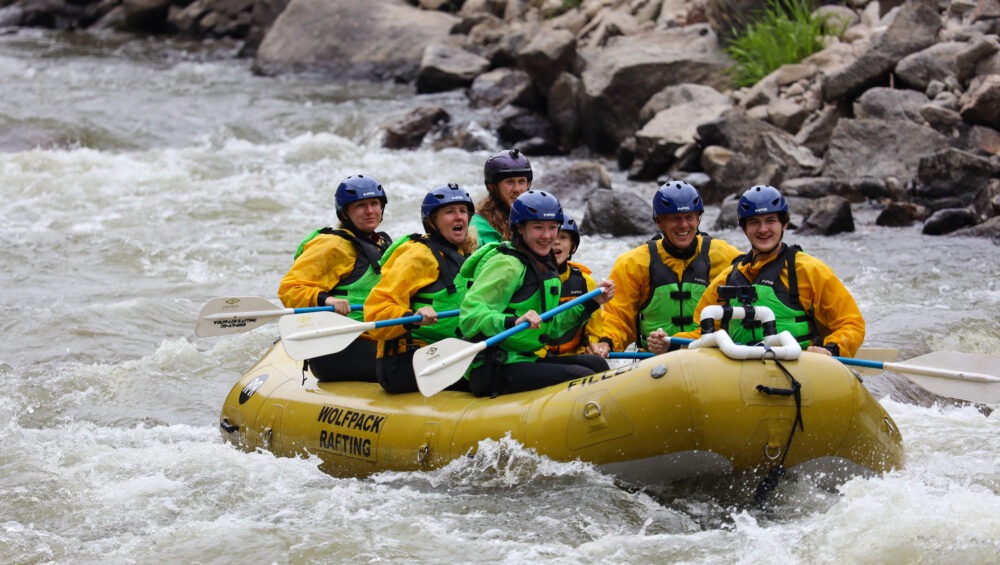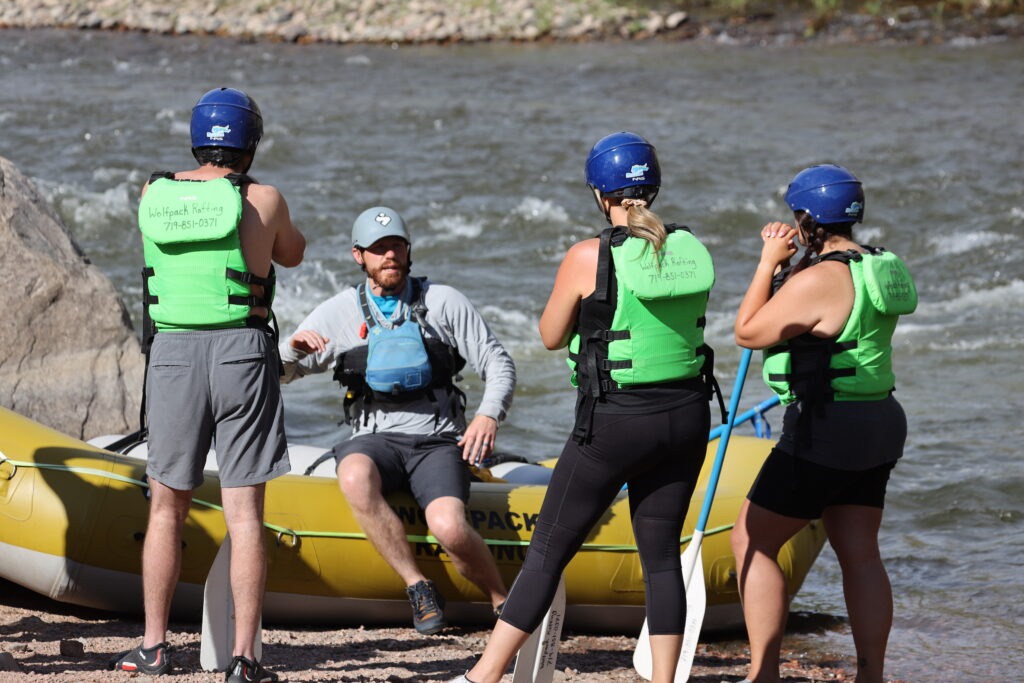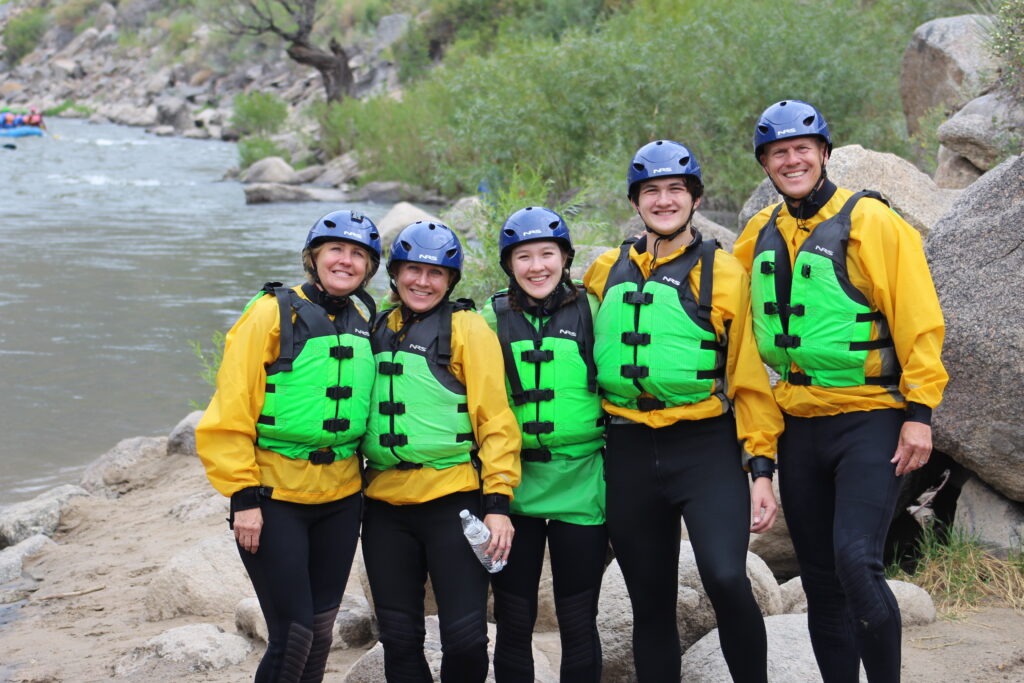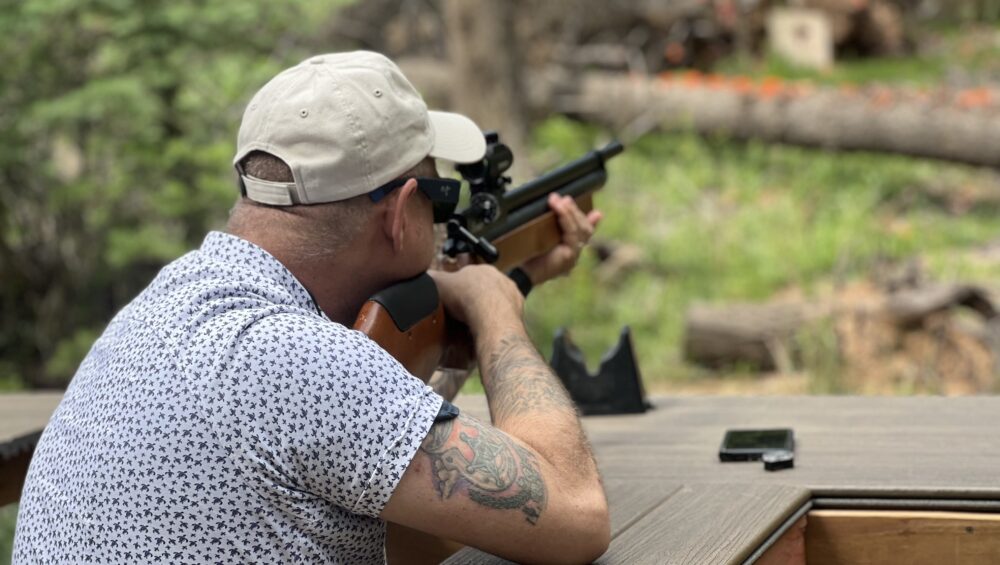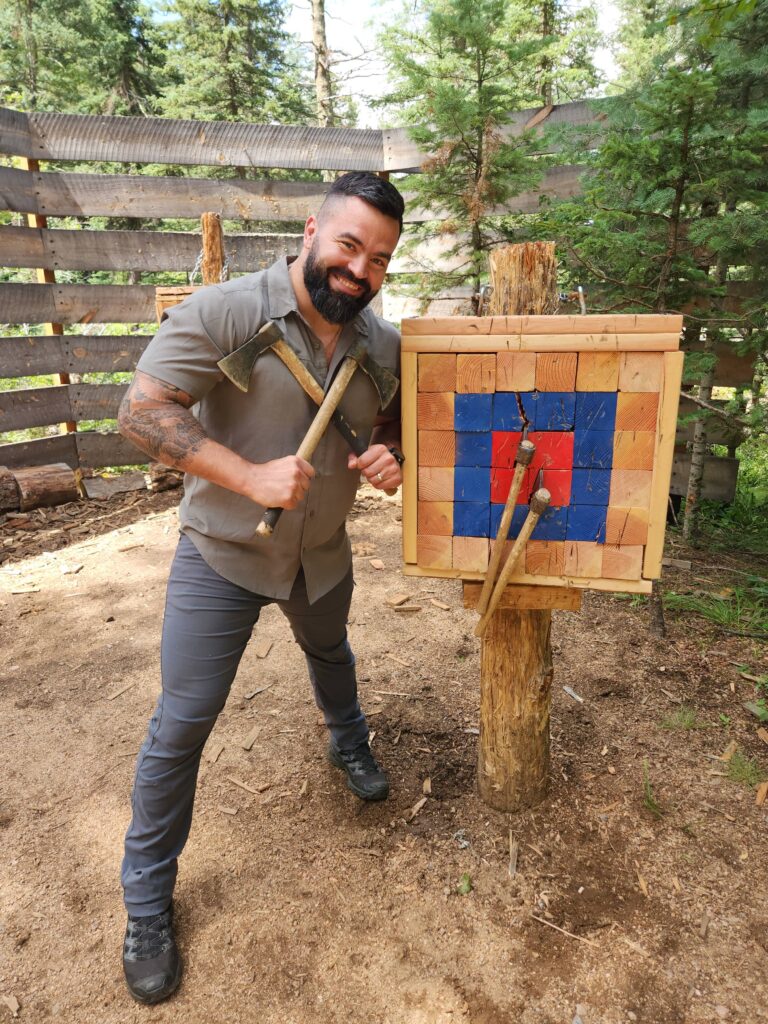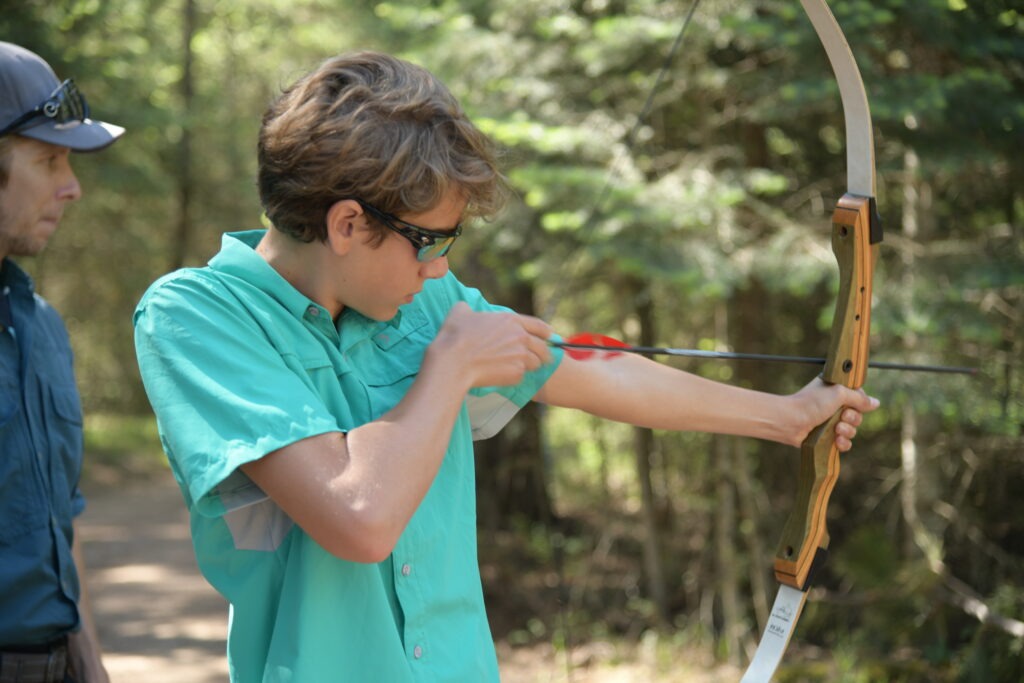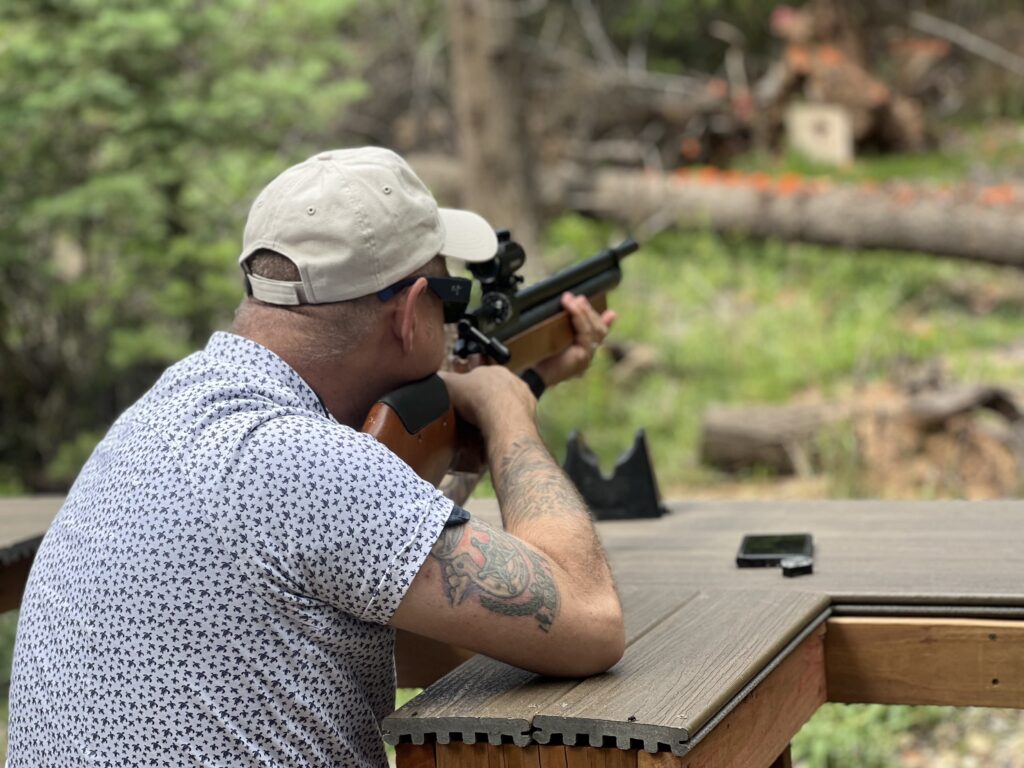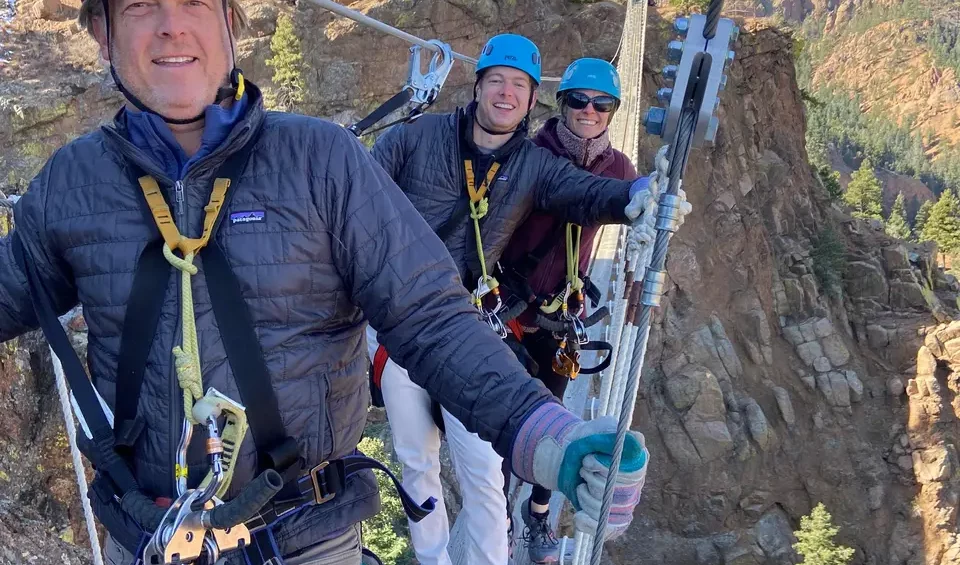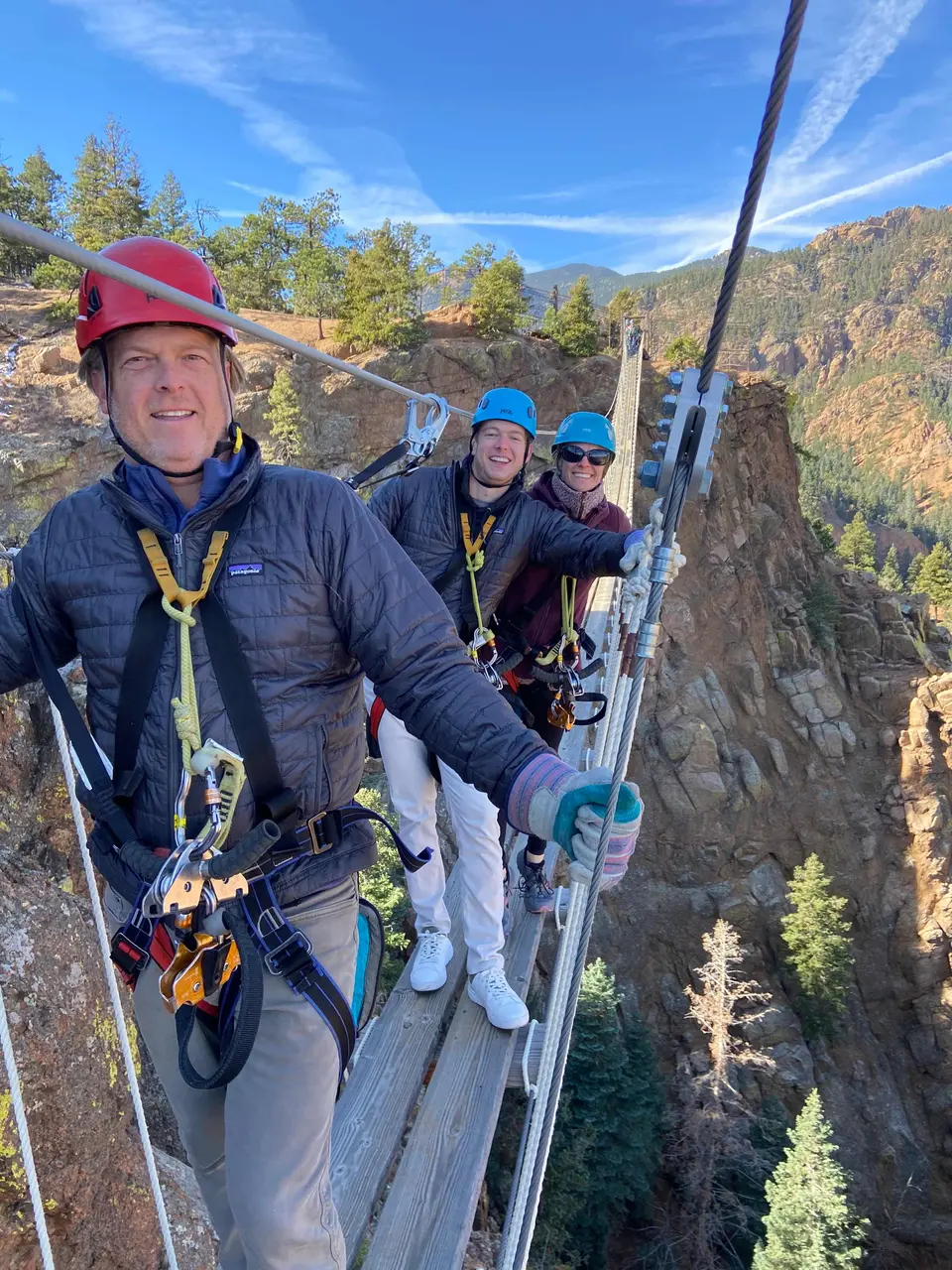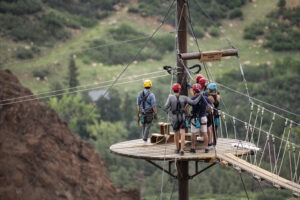Pikes Peak, towering at 14,115 feet, is one of the most iconic mountains in the United States. Imagine riding the historic Cog Railway to the summit and then biking down 13.5 miles of winding mountain road—an adrenaline-filled experience with breathtaking views and an epic descent. There is no better way to experience America’s Mountain than with a Pikes Peak Bike tour.
The Cog Up/Bike Down Pikes Peak Adventure is a thrill-seeker’s dream, offering an unforgettable ride from the summit of America’s Mountain. But before you embark on this once-in-a-lifetime experience, preparation is key. From what to wear to how to train, this guide will ensure you have a safe, comfortable, and exciting ride.
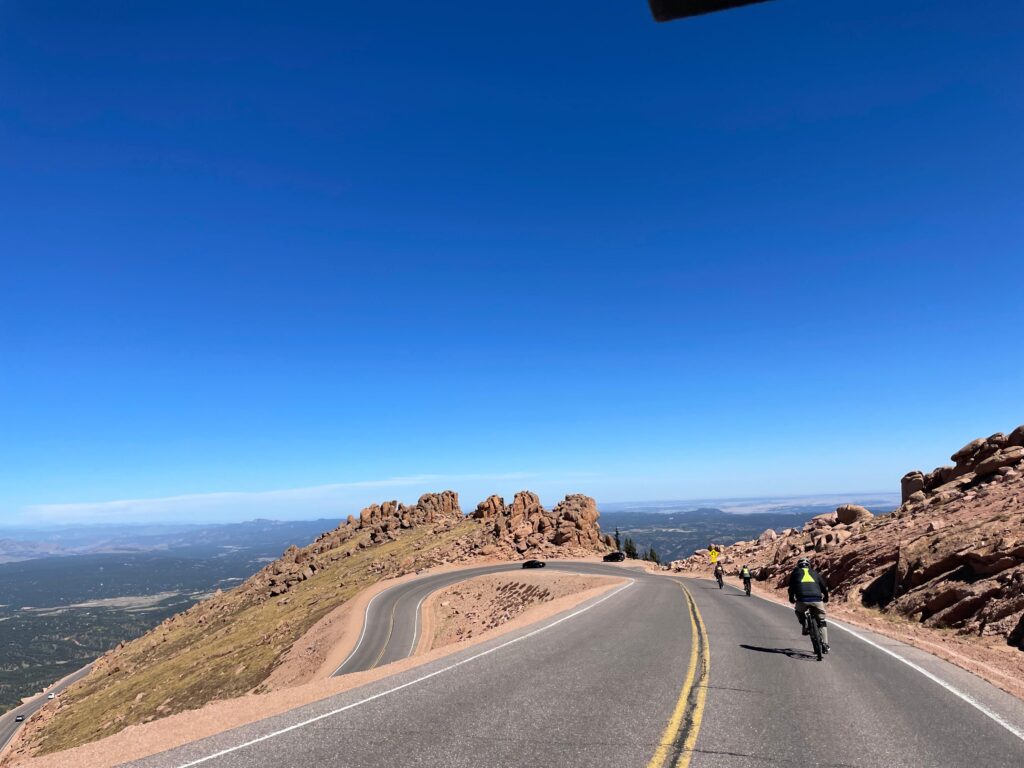
What to Expect on the Cog Up/Bike Down Pikes Peak Bike Tour
The Cog Railway to the Summit
Your adventure begins with a scenic ride on the Broadmoor Manitou and Pikes Peak Cog Railway, the highest cog railway in the world. As you climb from Manitou Springs (6,412 feet) to the summit (14,115 feet), you’ll pass through alpine forests, rocky tundra, and panoramic overlooks.
- Duration: ~1 hour to the summit
- Elevation Gain: Over 7,700 feet
- Scenery Highlights: Views of the Continental Divide, Garden of the Gods, and even Kansas on a clear day
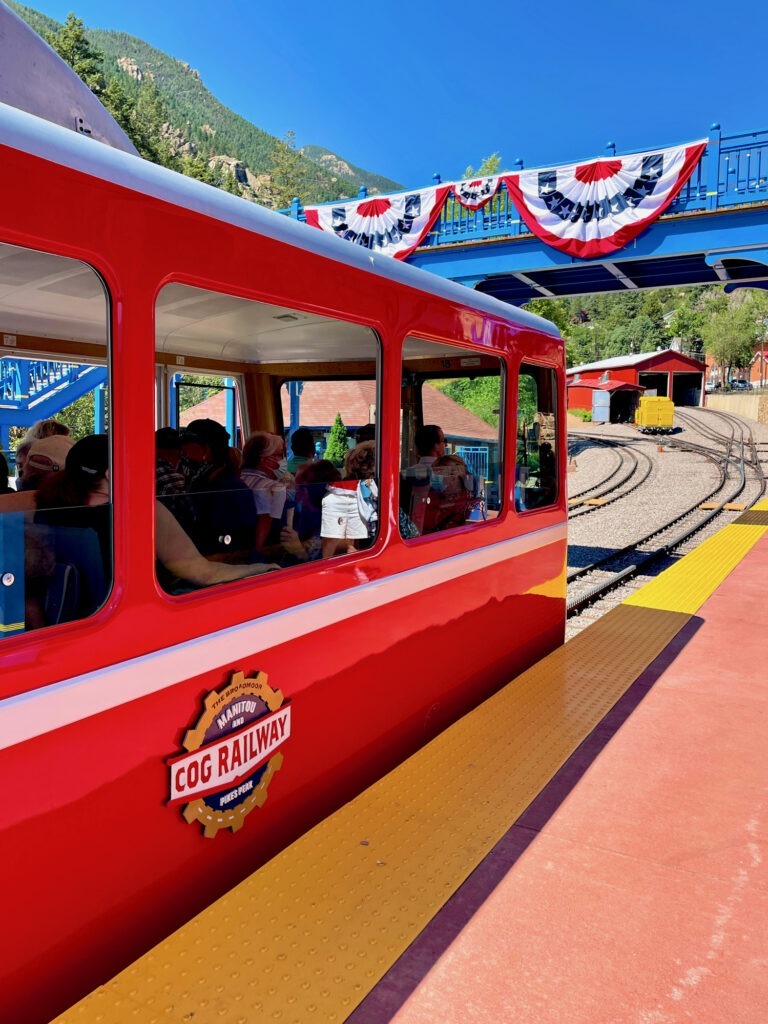
Biking Down Pikes Peak
After taking in the views at the summit, you’ll gear up, receive a safety briefing from expert guides, and begin your 13.5-mile descent down the famous Pikes Peak Highway.
- Total Descent: ~7,000 feet in elevation
- Distance: 13.5 miles
- Road Conditions: Paved with sweeping turns and epic vistas
- Speed: Riders can control their own pace, making it fun for both thrill-seekers and those who prefer a more relaxed ride.
📍 Book your tour here: https://www.broadmooroutfitters.com/cog-up-bike-down-pikes-peak/
Pikes Peak Bike Tour Restrictions & Requirements
To ensure a safe and enjoyable experience, all riders must meet the following requirements:
- Minimum Age: 10 years old
- Minimum Height: 5’1″
- Maximum Weight: 250 lbs
These restrictions help ensure that riders can safely handle the bike and navigate the descent.

How to Train for the Ride
Even though the ride is mostly downhill, high altitude and endurance can play a role in your experience. Here’s how to prepare:
1. Get Comfortable on a Bike
While this ride is not extremely technical, you should feel comfortable handling a bike at moderate speeds and using hand brakes on a descent. If you don’t ride often, consider:
- Practicing on paved hills to get used to braking and controlling speed.
- Riding for at least an hour at a time to build endurance.
- Familiarizing yourself with shifting gears (especially for small climbs).
2. Acclimate to the Altitude
The summit of Pikes Peak is over 14,000 feet, meaning oxygen levels are 40% lower than at sea level. To reduce the risk of altitude sickness, consider:
- Arriving in Colorado a couple of days early to acclimate.
- Drinking plenty of water before and during the ride.
- Avoiding alcohol and caffeine the day before to stay hydrated.
Learn more about altitude sickness prevention here: https://www.uchealth.org/today/how-to-prevent-altitude-sickness-in-colorado/
3. Strengthen Your Legs & Core
Although the ride is downhill, you’ll still use your core and leg muscles for balance and control. Consider:
- Squats and lunges for leg strength.
- Core exercises like planks to improve stability.
- Stretching and mobility work to prevent stiffness.
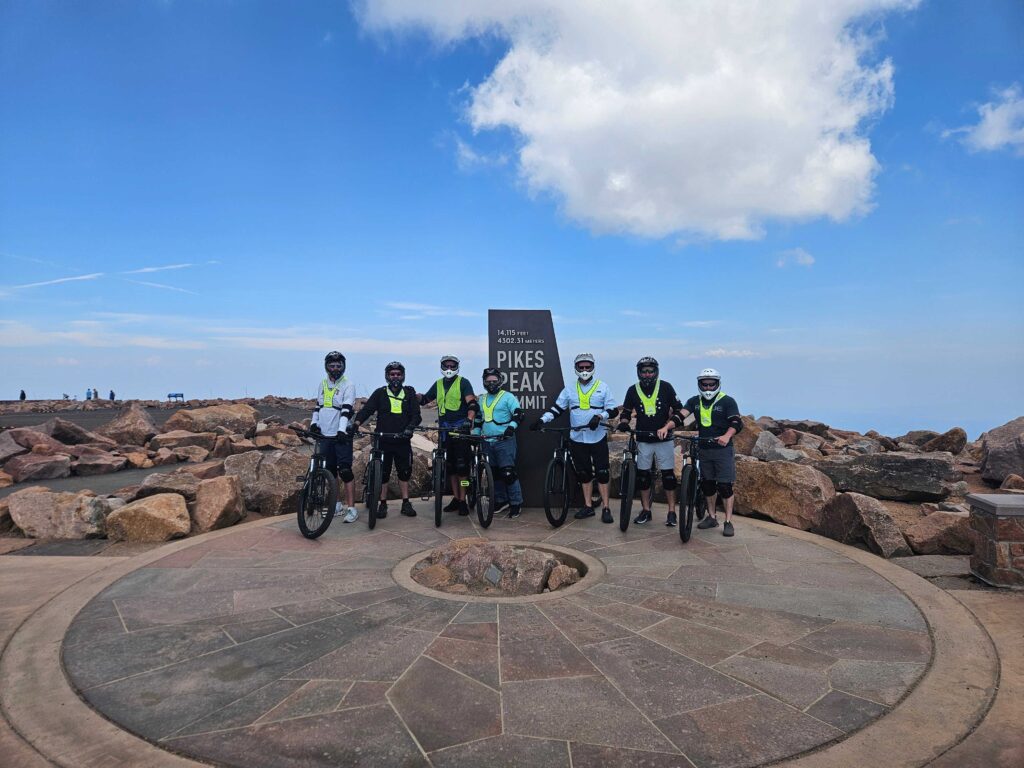
What to Wear & Pack for the Ride
Clothing Recommendations
The temperature at the summit can be 30-40°F colder than in Colorado Springs, so layering is essential.
👕 Base Layer: A moisture-wicking shirt (avoid cotton)
✔️ Mid-Layer: A fleece or lightweight insulated jacket
👟 Outer Layer: A windproof and waterproof jacket
✔️ Pants or Leggings: Avoid loose pants that could get caught in the bike chain
🕶️ Sunglasses: Protect your eyes from wind and sun glare
👟 Closed-Toe Shoes: Sneakers or lightweight hiking shoes work best
Gear Provided by Broadmoor Outfitters
✔️ Top-of-the-line mountain bike
🪖 Full Face Helmet and safety gear (Including elbow and knee pads)
🧤 Gloves
✔️ Support vehicle with water and snacks
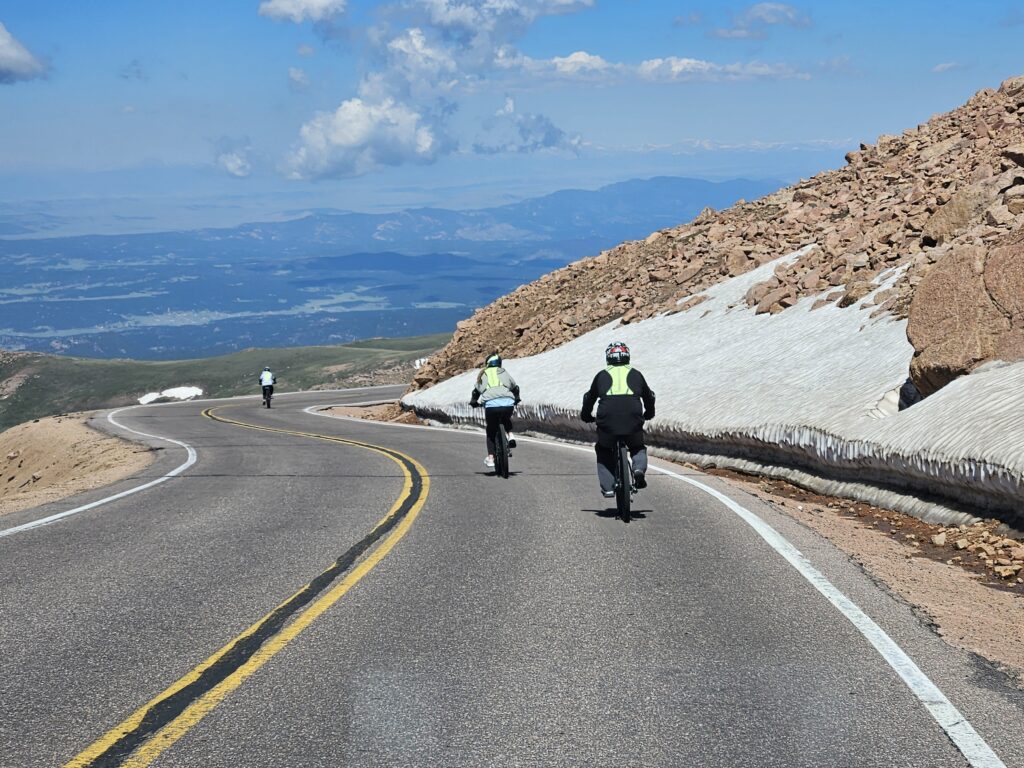
Safety Tips for Biking Down Pikes Peak
👂 Listen to Your Guides: They’ll provide expert advice on braking, speed control, and navigating turns.
🚴 Control Your Speed: Don’t rush—use your brakes gradually and avoid skidding.
🌊 Stay Hydrated: Even though it’s downhill, the altitude can dehydrate you faster.
🚴 Dress in Layers: The temperature warms up as you descend, so you may want to shed layers.
🏎️ Be Aware of Vehicles: Pikes Peak Highway is open to cars—always stay in your lane. The support vehicle will not let anyone pass you.
Other Things to Do Near Pikes Peak
If you’re looking to extend your adventure, here are some other must-see attractions near Pikes Peak:
- Garden of the Gods – A stunning red rock park perfect for hiking, biking, or rock climbing.
- Manitou Incline – A challenging stair-step hike gaining 2,000 feet in just one mile.
- Cave of the Winds – Explore underground caves and zipline over a canyon.
- The Broadmoor Seven Falls – A picturesque waterfall hike with scenic views.
Looking for more outdoor activities? Broadmoor Outfitters offers guided rock climbing, mountain biking, and ziplining in the area!
Ready for the Ultimate Biking Adventure?
The Cog Up/Bike Down Pikes Peak Adventure is a bucket-list experience that combines scenic beauty, adrenaline, and an unforgettable ride down one of America’s most famous mountains. Whether you’re an experienced cyclist or trying something new, this guided ride is designed for adventurers of all skill levels (who meet the height and weight requirements).
Book your trip today and get ready to conquer Pikes Peak on two wheels!
👉 Reserve your spot now: https://www.broadmooroutfitters.com/cog-up-bike-down-pikes-peak/

